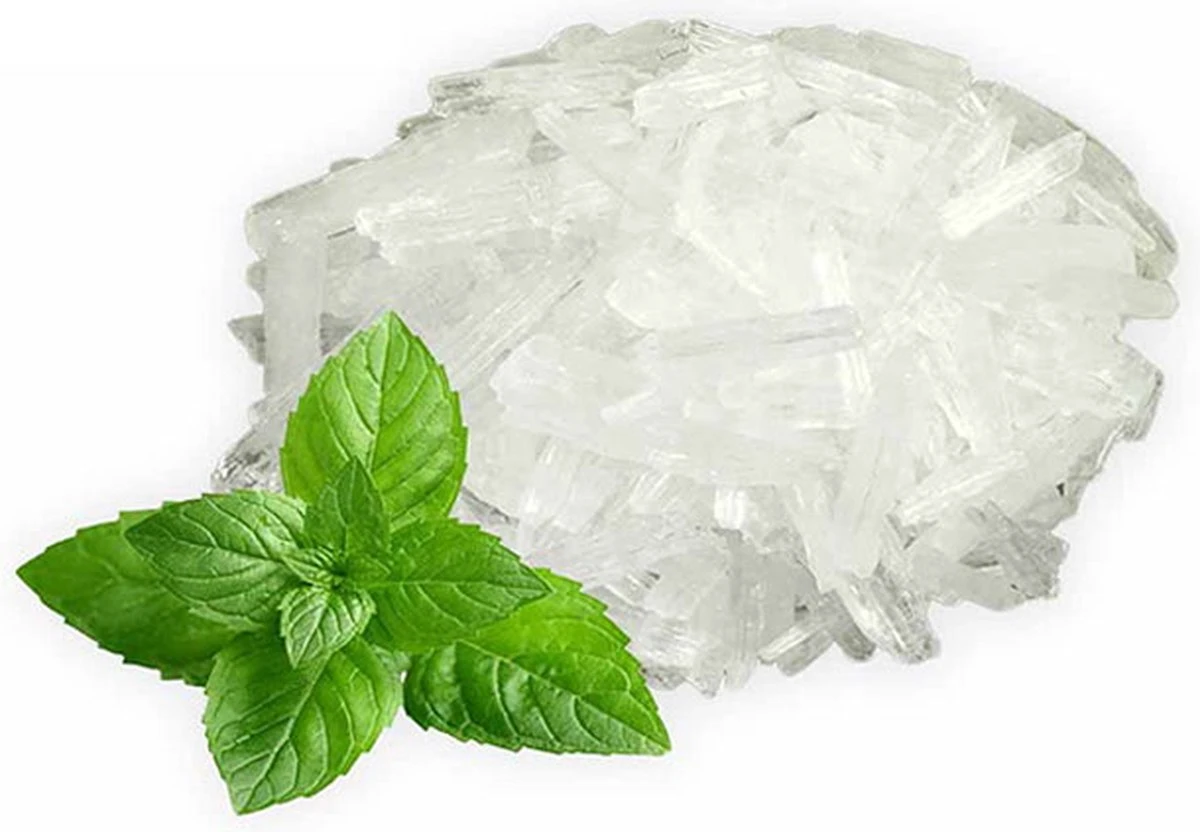Details
What are mung beans?
The mung bean (Vigna radiata) is a windy or upright, bushy, herbaceous, annual plant with stems 15-90 cm long. The mung bean originates from India and has been used for thousands of years in India and China. Nowadays mung beans are mainly cultivated in subtropical or tropical Asia, East Africa and in the Caribbean up to altitudes of 2000 metres.
Production Process Mung Bean
Green mung beans are probably unknown to many people, yet chances are that almost everyone has come into contact with them at some point. This is because bean sprouts by soaking the seeds in water and then letting them germinate in the dark. This is a commonly used product in Chinese cuisine.
Healthy Features Mung Beans
The organic mung beans are harvested and then brought to the factory. Here the whole mung beans are cleaned (remove stones, etc.), then the beans are selected by size. Then the mung beans are polished and then packaged.
Pro's & cons plus-circle
Rich in protein, fiber, vitamins, and minerals plus-circle
Easily digestible and nutritious plus-circle
Versatile in various dishes and cuisines
Legal Disclaimer: We try to deliver organic qualité if possible. However, this is not always possible and the quality can varie during the year. This due to: insufficient harvest, not sufficient active principals in de organic qualité, temporarily not available in organic quality,…Do you wish more information on this, then we need to check our current stock.
Allergan info: This product is packaged and/or stored in a facility that also processes products containing nuts, peanuts, mustard, celery, gluten, sesame, soy and sulphites. Despite all precautions, it is possible that this product contains traces of these allergens. Please consume for small trial quantity to avoid any alergical effects.
Direction of use: Please consult dietician, physician, cosmetologist, herboriste, aurvedic experts for any external or internal usage.

 Fast Delivery all across the country
Fast Delivery all across the country
 Safe Payment
Safe Payment
 7 Days Return Policy
7 Days Return Policy
 100% Authentic Products
100% Authentic Products




